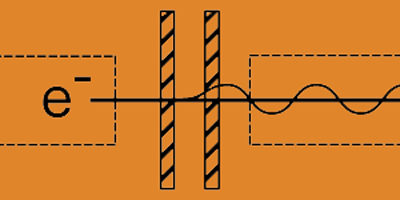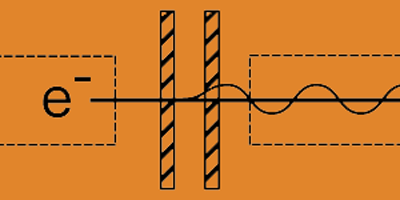Going the Distance
When an energetic electron slams into a material, its energy is partially converted to photons. The resultant photons are called bremsstrahlung (“braking rays”) and have a well-understood energy spectrum. For relativistic electrons, the spectrum is strongly modified by multiple Coulomb scattering: the electron bounces against atoms in the material, and the resulting interference inhibits the emission of low-energy photons. To understand the spectrum, it is essential to know how long the electron needs to travel in the material to generate photons, because the longer the distance, the more bounces the electron experiences. An open question is the formation length for photons emitted this way under different conditions, and how this compares with theory.
Using a rather simple mechanical technique, Kristoffer Andersen of Aarhus University, Denmark, and colleagues of the CERN NA63 collaboration report in Physical Review Letters on measurements of the photon formation length for radiation emitted by electrons. The setup consists of two gold foils separated by a distance of up to millimeter, controlled by a precision micrometer translation stage. The researchers aimed electrons at the foils and measured the resultant photon emission spectrum. Photon production begins in the first gold foil, and if the formation length is large enough corresponding to a certain photon energy, continues in the second foil, modified by multiple scattering. Electrons that scatter in both foils generate a peak in the spectrum, whose position depends on the foil separation. From this the group could mechanically determine the length of travel required to generate a photon of given energy. This, in turn, allows comparison of these observations against predictions. For future work, the team proposes replacing the second foil with an intense laser beam, allowing more detailed analysis of the photon spectrum and the multiple scattering corrections. – David Voss





